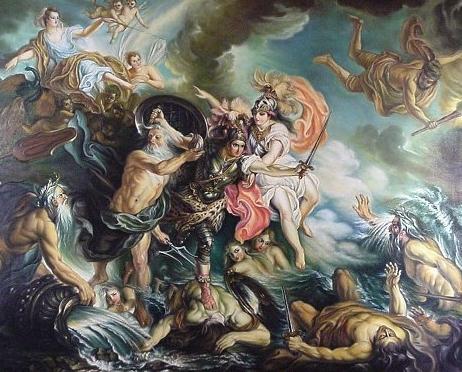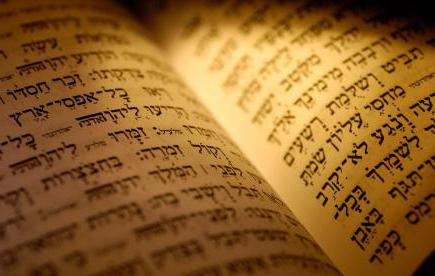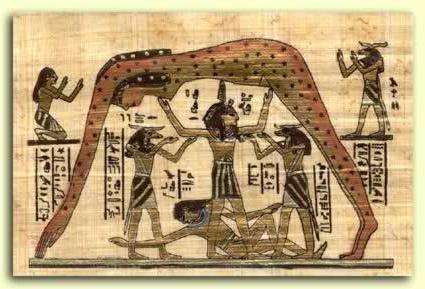Cosmogonic myths
Cosmogonic myths are a category of myths,narrating about the transformation of chaos into space. The word "cosmogony" is formed from two Greek words: the world (or cosmos) and arise. Chaos (emptiness, from the Greek root "hao", yawn) in myths means the first-generation, formless matter, from which the world will be created. Personification of an infinite and empty world space that does not have dimensions. In ancient Greek myths, the embodiment of Chaos is the Ocean or the original waters.

The cosmogonic myths of Ancient Greece are goodThey are known from the poem "Theogony" by Hesiod. Chaos, according to Theogony, is the original deity that gave rise to Erebus and Nyukta (Darkness and Night). Other cosmic origins are derived from it: Gaia (Earth), Tartarus (the underworld) and Eros (Love or the power of attraction). Hesiod Chaos is located below the Earth, but above Tartarus, the first mention of which can be found in Homer. Modern science found that the formation of ancient Greek myths was significantly influenced by the religious systems of the Eastern Ancient World (Sumerian, Babylonian, Hittite). Certainly, the cosmogonic myths in the exposition of Hesiod in Ancient Greece were not the only ones. Many theories developed their theories. So, among the lower strata of the population, Orphic cosmogony, in which the world's egg is present, was more popular. According to Epimenides, at first there were Air and Night, from which emerged Tartarus and a couple of gods, who gave birth to the world's egg. Dionysus and Demetre are assigned the central roles in Orphics. Their fate is connected with the beginning of the history of mankind.

In the Roman tradition, in particular Ovid, the cosmogonic myths describe the initially existing gross and undeveloped mass into which all the elements of the cosmos were immersed in a formless heap.
In a full review of Greek myths and legends,known as the "Mythological Library", an unknown writer called Pseudo-Apollodorus, tells us that the first world was ruled by Gaia (Earth) and the Uranus (Heaven) that she had born. The sky covered the Earth (symbol of the union of Men and Women), and twelve gods of the first generation appeared (six brothers and six sisters).

In the philosophical concept of Prima Matter (the firstmatter), developed around the 5th and 6th centuries, biblical concepts and various cosmogonic myths were combined. Examples of its application can be found in the alchemists of the Renaissance, who compared the "first matter" literally with everything: Chaos, Man and Woman, androgynous creature, Heaven and Earth, Body and Spirit. They used similar comparisons to describe the universal nature of Primus Matter, which possesses the qualities and properties of all things.








